Culture & Travel
20 October 2024Located in the south of Spain, Andalusia stands out as a region that has hosted many civilizations throughout history, dazzling with its rich cultural heritage. This region, where Islamic and Christian cultures intertwined, has left a deep cultural impact from the past to the present, making Andalusia a top destination for visitors eager to explore Spain’s rich historical legacy.
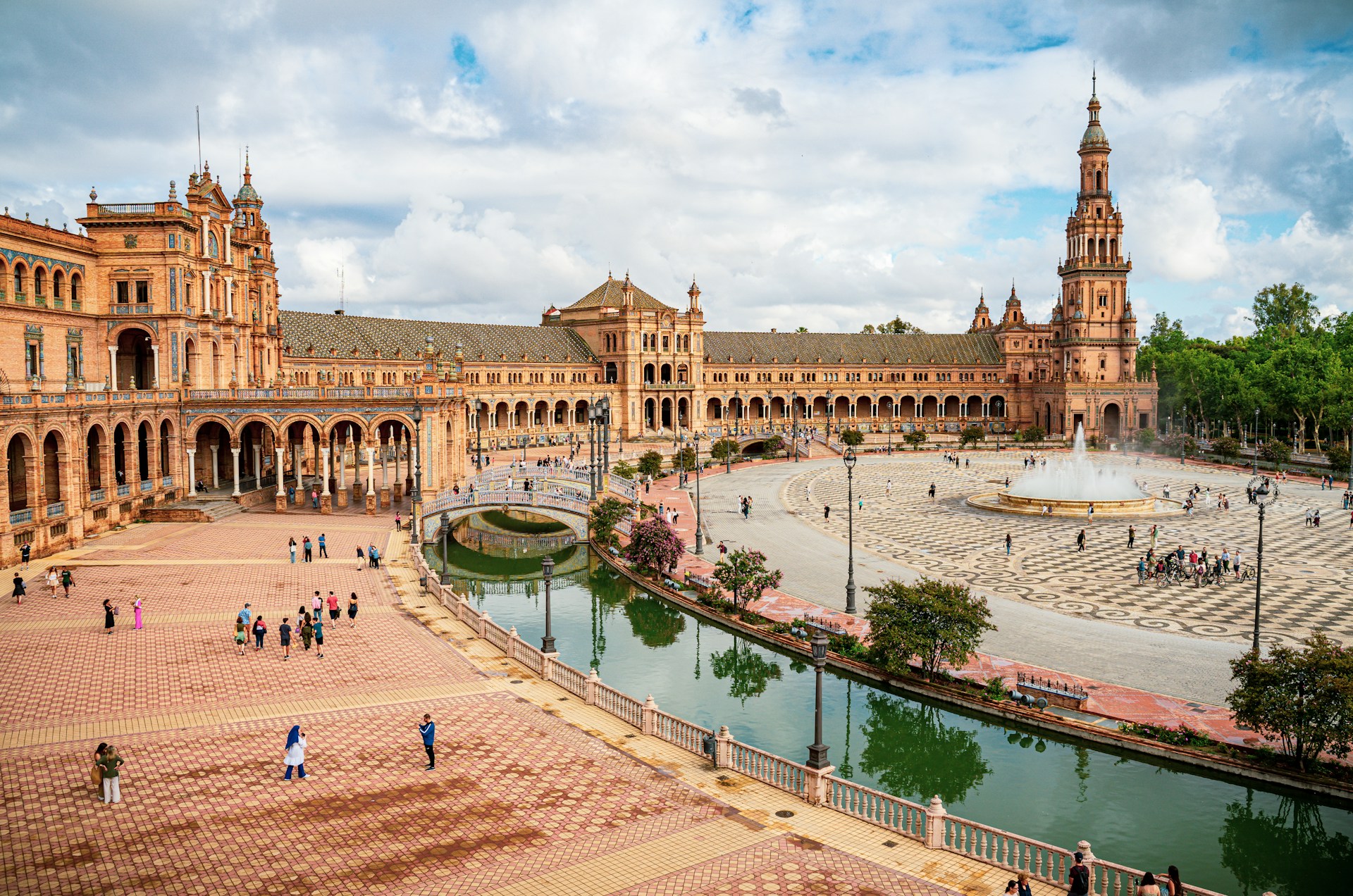
Andalusia’s Cultural Richness
During the period when the Iberian Peninsula was under Muslim rule, Andalusia made significant strides in the fields of science, art, and architecture. From the 8th century onwards, Muslims ruled this region, transforming Andalusia into a center of science and culture. At that time, Cordoba (Kurtuba) became one of the largest and most developed cities in the world. Here, Islam, Christianity, and Judaism coexisted, giving rise to a rich culture born from the interaction of different religions and traditions.
When speaking of Andalusia’s cultural heritage, it’s impossible not to mention its music and dance. Flamenco, known for its passionate rhythms, captivating vocals, and mesmerizing dance moves, was born here. In cities like Seville and Jerez de la Frontera, watching a flamenco show is, in our opinion, one of the most delightful ways to experience Andalusian culture up close.
Places to Visit in Andalusia
Let’s take a break from discussing Andalusia’s cultural richness and introduce the must-see tourist spots for those planning to visit the region.
1. Alhambra Palace – Granada
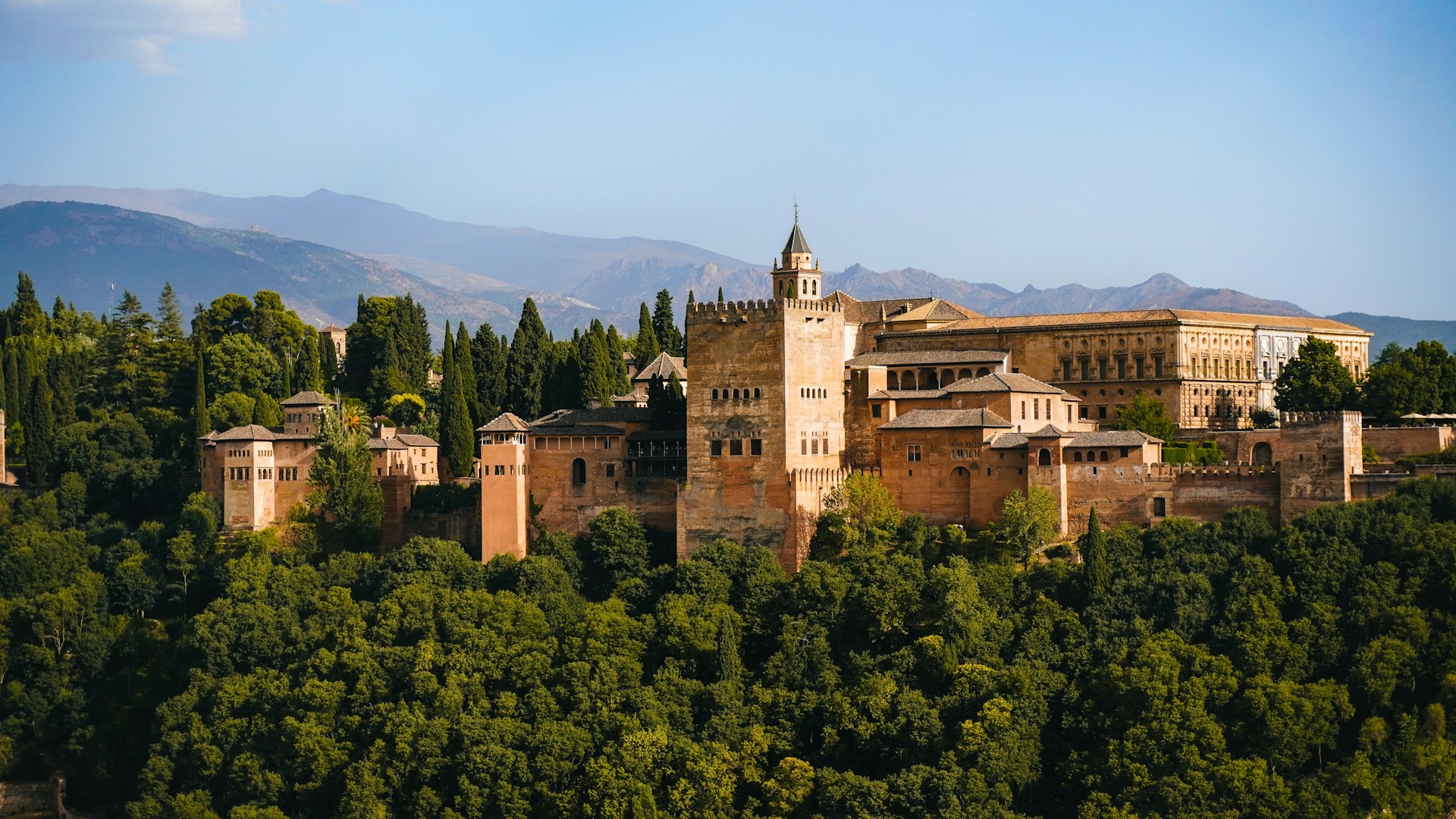
Let’s start with one of Andalusia’s most iconic landmarks, the Alhambra Palace. Built by Muslim rulers in the 13th century in Granada, this palace is truly awe-inspiring with its elegant Islamic architecture and enchanting gardens. The architectural genius of Islamic civilization can be seen in the Alhambra’s courtyards, fountains, and intricate craftsmanship in its interiors.
2. Mezquita – The Great Mosque of Cordoba
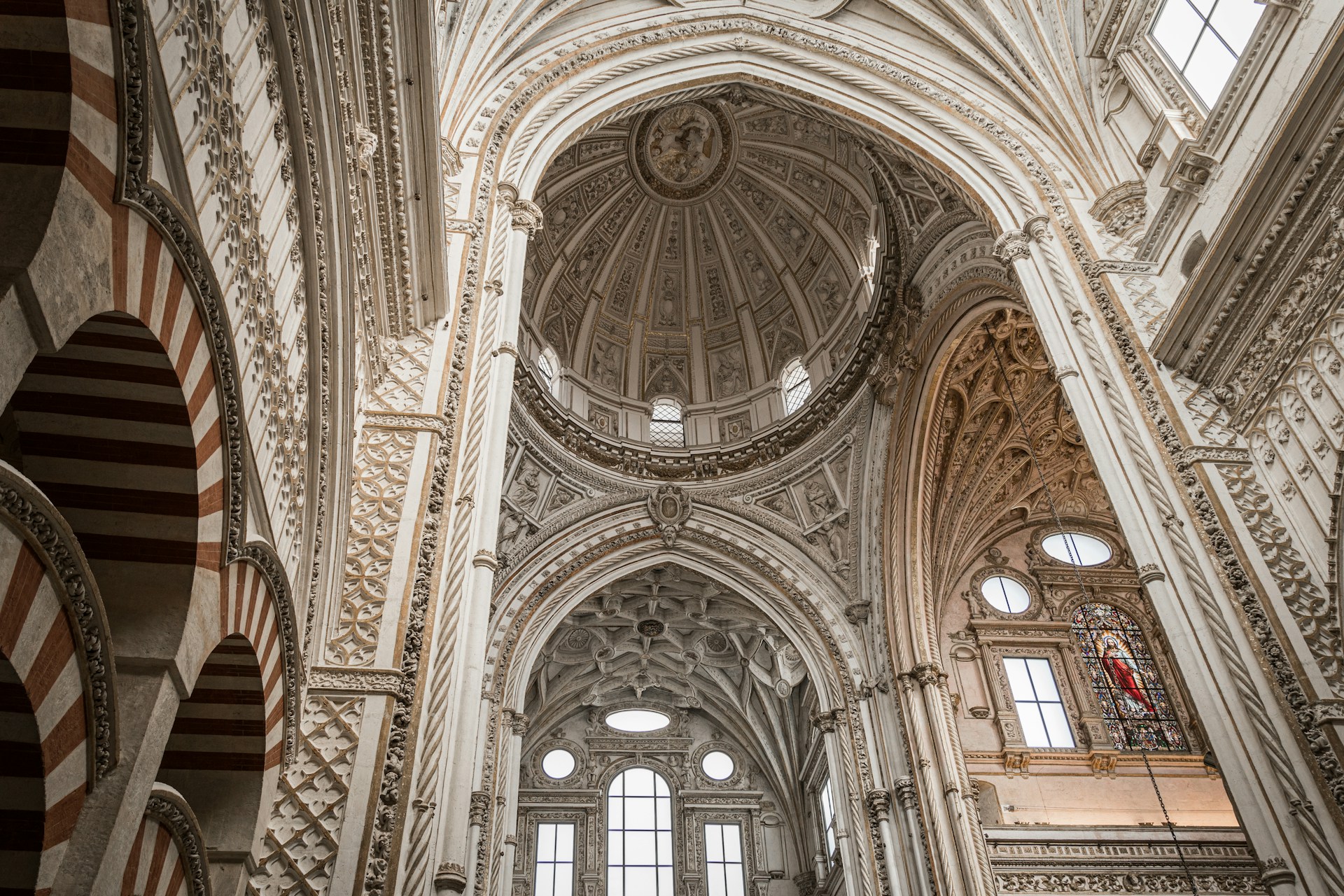
One of the most impressive structures in Andalusia, the Mezquita, is a significant mosque that brings together Islamic and Christian architecture under one roof. Built as a mosque in 784, it was converted into a cathedral in the 13th century after the Christian conquest of Cordoba. The intricate Islamic artistry sitting alongside grand columns is considered one of the most striking symbols of harmony between two cultures.
3. Seville Cathedral and Giralda Tower
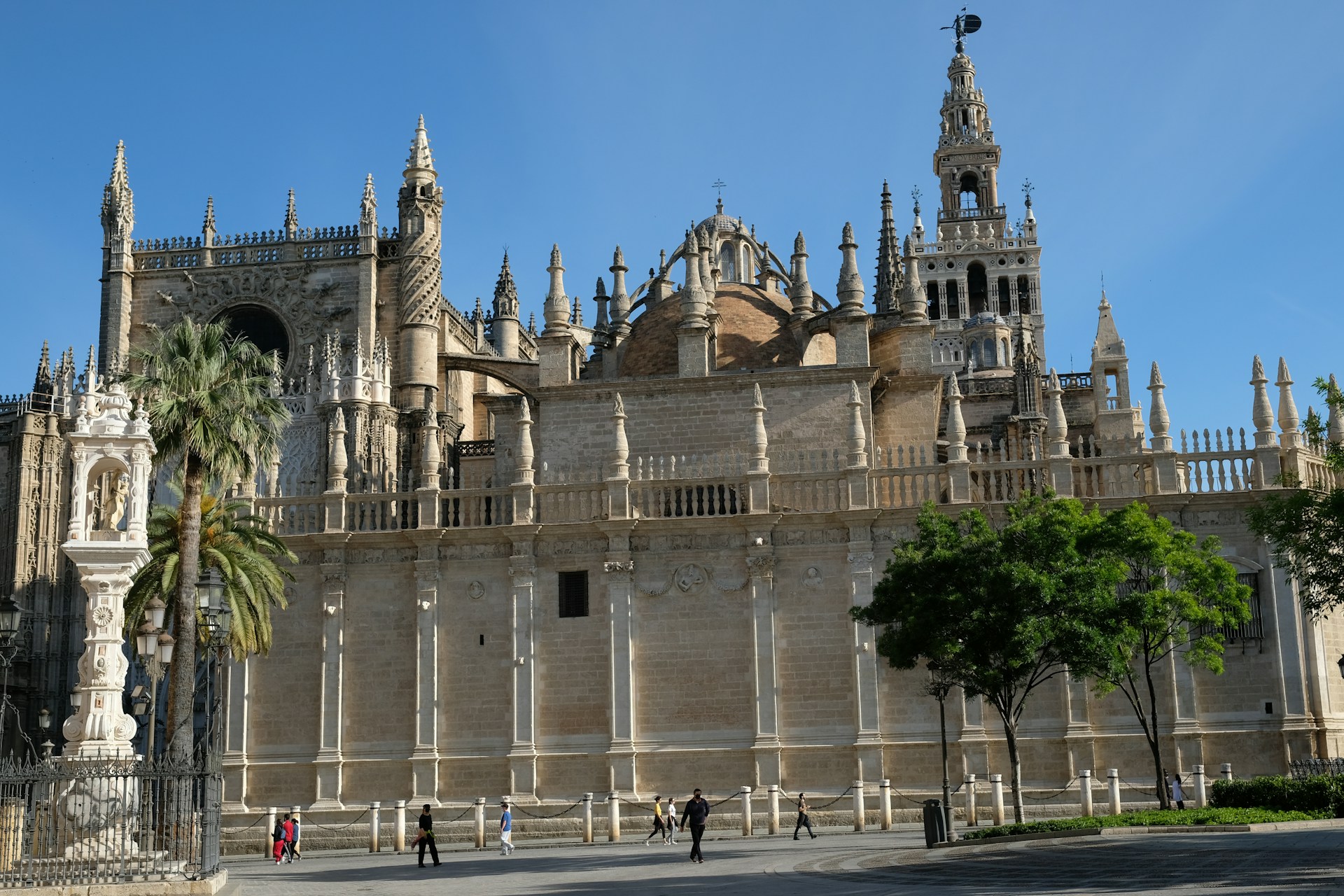
Now we’re in Seville, one of the largest and liveliest cities in Andalusia. The most iconic structure in the city, Seville Cathedral, holds the title of the largest Gothic cathedral in the world. The Giralda Tower, initially built as a mosque minaret in the 12th century, became part of the Christian structure when the cathedral was completed. From here, you can also enjoy views of the city.
4. Alcazar Palace – Seville
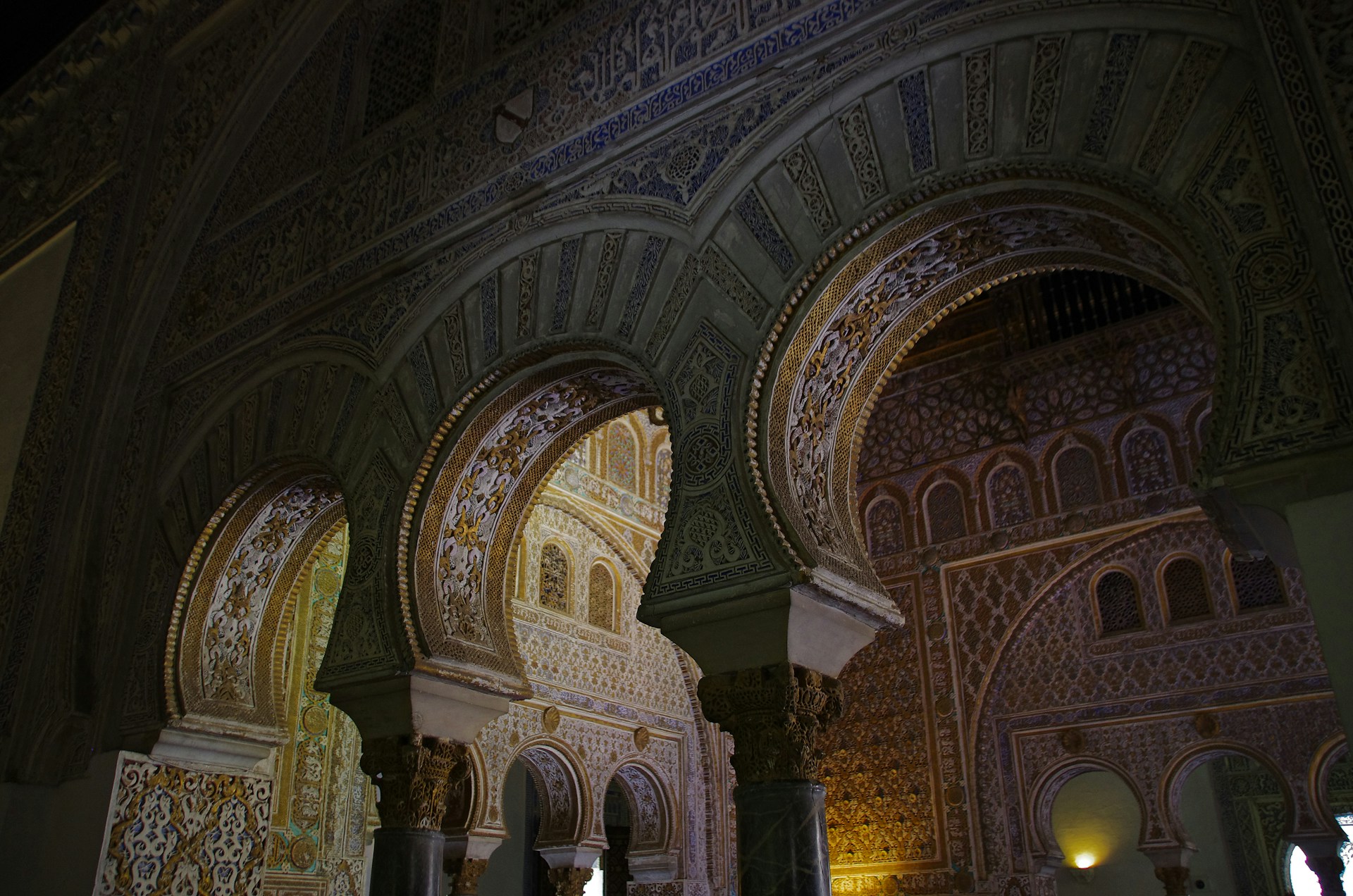
Another historic site in Seville, the Alcazar Palace, is one of the finest examples of Andalusian Islamic art. This royal palace, dating back to the 10th century, blends Gothic, Renaissance, and Islamic art. Adorned with inner courtyards, elegant fountains, and mosaics, this magnificent structure is still in use by the Spanish royal family today.
The Art and History-Filled World of Andalusia
Situated in southern Spain and home to many significant cities known for their history, culture, and natural beauty (Seville, Granada, Cordoba, Malaga, Ronda, Cadiz, Jerez de la Frontera, Almeria, Jaen, and Huelva), Andalusia is a region rich in every aspect.
1. Multicultural Life in Andalusia
Andalusia, a region where the three major religions and different cultures lived in peace, still bears the traces of this deep history in its art, architecture, and social life. The region, under Muslim rule from the 8th to the 15th century, made great strides in science, art, and culture. During this time, cities like Cordoba and Granada became major centers for scholars, artists, and thinkers.
In particular, the University of Cordoba, once one of the world’s foremost educational institutions, greatly contributed to the intellectual development of Western Europe, shedding light on medieval Europe through its work in mathematics, astronomy, medicine, and philosophy.
2. Flamenco: The Dance Reflecting Andalusia’s Soul
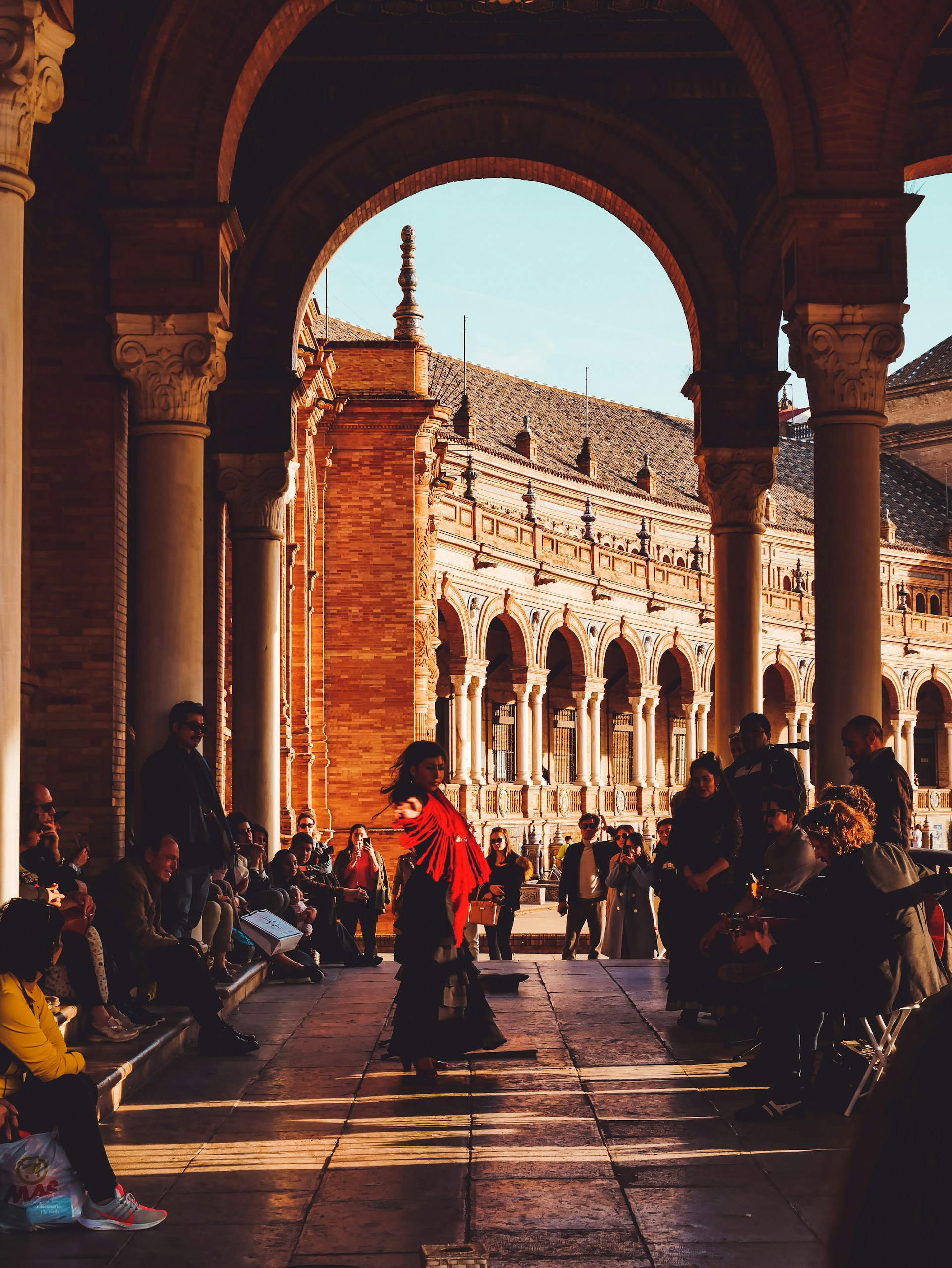
More than just a part of Andalusian culture, flamenco, which is included on UNESCO’s list of "Intangible Cultural Heritage," is one of Andalusia’s most important cultural legacies. This dance, drawing on the deep historical roots of the region, is a fusion of Muslim, Christian, and Romani cultures.
Anyone visiting Andalusia has the opportunity to experience this passionate art by watching flamenco performances, which consist of three main elements: Cante (song), Baile (dance), and Toque (guitar).
3. Mudéjar Architecture: The Meeting of Islamic and Christian Cultures
As mentioned earlier, Andalusia is incredibly rich in architecture. The blend of Islamic and Christian elements is known as Mudéjar architecture. This style developed during the period when Muslims lived under Christian rule. You can see Mudéjar architecture in many buildings across Andalusian cities, characterized by Islamic geometric patterns, colorful tiles, carved woodwork, and arches.
4. Feria and Festivals: The Lively Culture of Andalusia
One of the best ways to experience Andalusia’s folk culture is by attending its vibrant and colorful festivals. Reflecting the region’s cultural richness, from traditional costumes to flamenco dancing, these local festivals attract travelers from all over the world.
For instance, the Feria de Abril (April Fair) held annually in Seville and Semana Santa (Holy Week), one of Andalusia’s most famous religious festivals, are among the most significant events in the region.
5. Andalusian Cuisine: The Taste of a Culture
Would you agree with us if we said Andalusia should be explored not only through its history and architecture but also through its cuisine?
The region’s culinary reputation, blending Mediterranean flavors with Arab influences, has long surpassed national borders. Even if you’ve never been to Andalusia, we’re sure you’ve tasted or at least heard of many of its dishes. Let’s briefly mention them.
Tapas, small portions of appetizers, are a staple of Andalusian cuisine and can be found in almost every restaurant and bar in the region.
To cool off in the hot Andalusian summers, cold soups like Gazpacho are also very popular



